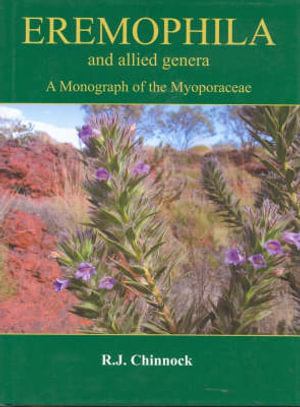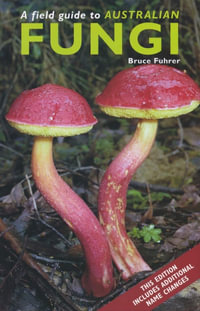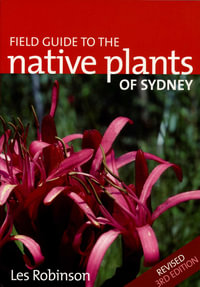This book is the result of thirty years research by Dr. R.J. Chinnock, the world authority in the family Myoporaceae, in which he has produced a new classification of the family resulting in the delimitation of 3 new genera, 94 new species, and 37 new subspecies, and a revised infrageneric classification of the genera Eremophila and Myoporum. Treatment of species includes a detailed description as well as analytical drawings, notes on distribution, ecology, conservation status, and relationships. Myoporum has small, almost regular, white, rarely pinkish flowers which may or may not have spotting on the lobes, whereas Eremophila has large, brightly colored, irregular shaped flowers that are often prominently spotted on the lobes or in the floral tube. Myoporaceae are largely restricted to Australia where five of the seven genera occur and of these all but one, Myoporum, are endemic. The two genera not represented in Australia, Bontia and Pentacoelium, each contain a single species and is restricted to the Caribbean, southern China, Japan, and northern Vietnam. Myoporum is largely Australian but species extend into the Pacific, including New Zealand and Hawaii, and one species to the Indian Ocean. Myoporum has been introduced into many countries for planting in coastal and low rainfall regions. Myoporum is widely utilized as a hedging plant in coastal areas. It can be grown to various heights and forms a good barrier against onshore winds. It is also grown as a street tree. Myoporum laetum has been used in this manner in various places in southern Africa like Swakopmund, Cape Town, and Johannesburg. Species of Eremophila and Myoporum are considered important plants by the Aboriginal peoples, largely for their medicinal properties, but they are also used culturally and to a minor extent as a food source. The high salt tolerance and drought resistance of Myoporaceae combined with the attractive flowers has made this family a very valuable horticultural resource in recent years, especially in drier parts of Australia and, to a lesser extent, elsewhere. The plants are very popular as Australian natives with long flowering times and diverse and showy flowers, often visited by birds and various insect groups. Unlike Eremophila, Myoporum seeds germinate more readily. The fruits of most species are edible and known to be consumed by birds so the potential for spread of this genus under optimum conditions should be considered.
























